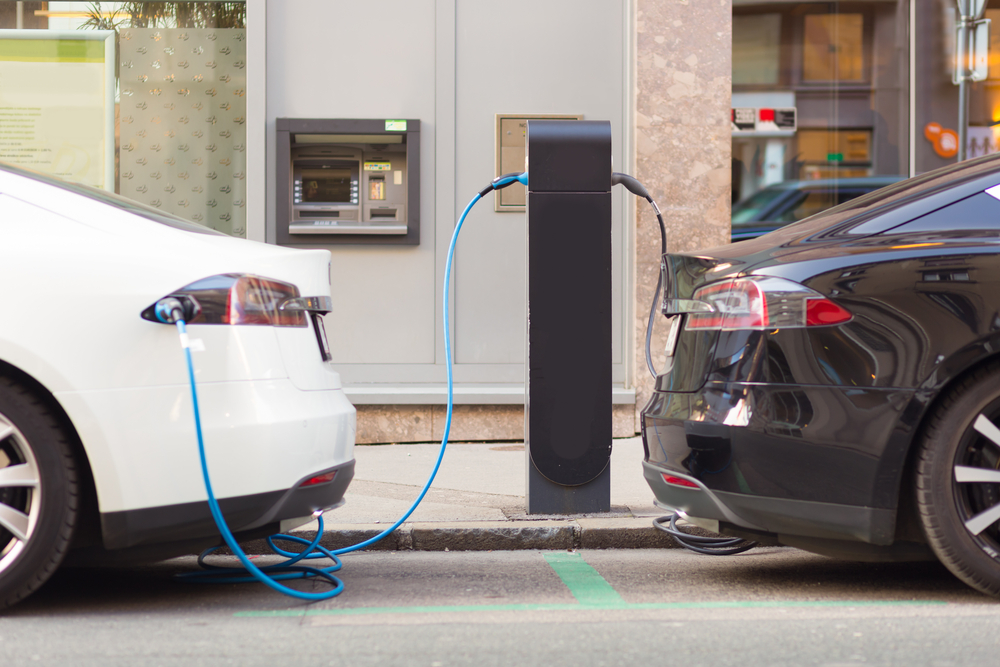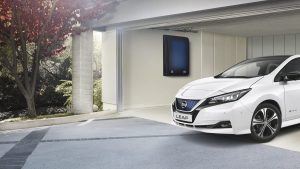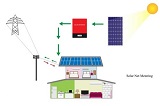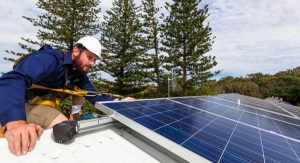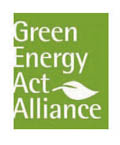As the alarm bells of climate change become increasingly impossible to ignore, world leaders must rise to the challenge and inspire their citizens to do the same. Canada and the United States are two sprawling nations that rely heavily on cars, and on both sides of the world’s longest international border, vehicle emissions are a significant contributor to environmental pollution via greenhouse gases.
To mitigate climate change’s effects, cutting down on vehicle emissions is paramount. Once released, greenhouse gases like carbon dioxide – the world’s most abundant human-caused fossil fuel – can remain in the atmosphere for hundreds or even thousands of years, making them an urgent global concern. What are the leaders of Canada and the U.S. doing to curb emissions, fight climate change and promote a healthier environment?
Canada Accelerates Zero-Emissions Targets
In June, Canada’s ministers of transport, Canadian heritage and environment and climate change announced that the Canadian government would set a mandatory target for all new light-duty cars and passenger trucks sales to be zero-emissions by 2035. This bold objective represents a five-year acceleration of Canada’s earlier goal of 100% sales by 2040.
Under the Paris Agreement, Canada had already committed to reducing its greenhouse gas emissions by 30% below 2005 levels by 2030. Furthermore, Canada’s comprehensive nationwide climate initiative, A Healthy Environment and a Healthy Economy, has earmarked more than $2 billion in funding over seven years to incentivize homeowners to invest in energy-efficient home improvement projects.
America’s Efforts to Catch Up
The four years of the Trump administration proved tremendously damaging to America’s worldwide reputation, and the decision to withdraw from the Paris Agreement was only one of many rash choices that represented a setback to the worldwide fight against climate change. Fortunately, the Biden administration has taken steps to right the ship, including rejoining the Paris Agreement on day one.
Earlier this month, Biden issued an executive order setting a new national target for the adoption of electric vehicles, calling for battery electric, plug-in hybrid electric and fuel cell electric vehicles to represent half of all new auto sales by 2030. In support of this aggressive target, the U.S. Environmental Protection Agency and Department of Transportation will take steps to address the previous administration’s short-sighted rollbacks of near-term fuel efficiency and emissions standards.
Despite its ambition, Biden’s executive order may prove inadequate in the long run because the target is not mandatory. Such large-scale, rapid adoption of EVs also represents a challenge to the auto industry in a nation where consumer demand for environmentally friendly vehicles remains somewhat low and charging infrastructure for electric cars is lacking.
Automakers Leading Progress
Some European automakers, such as Volvo, have announced plans to go all-electric by 2030, and GM has promised its vehicles and global operations will be carbon-neutral by 2040. Other major automakers have also unveiled electric prototypes that they plan to make available in the North American market within the next decade. As hybrid electric and fully electric vehicles become more widespread, their increased availability should drive down the price and spark improved driver interest.


